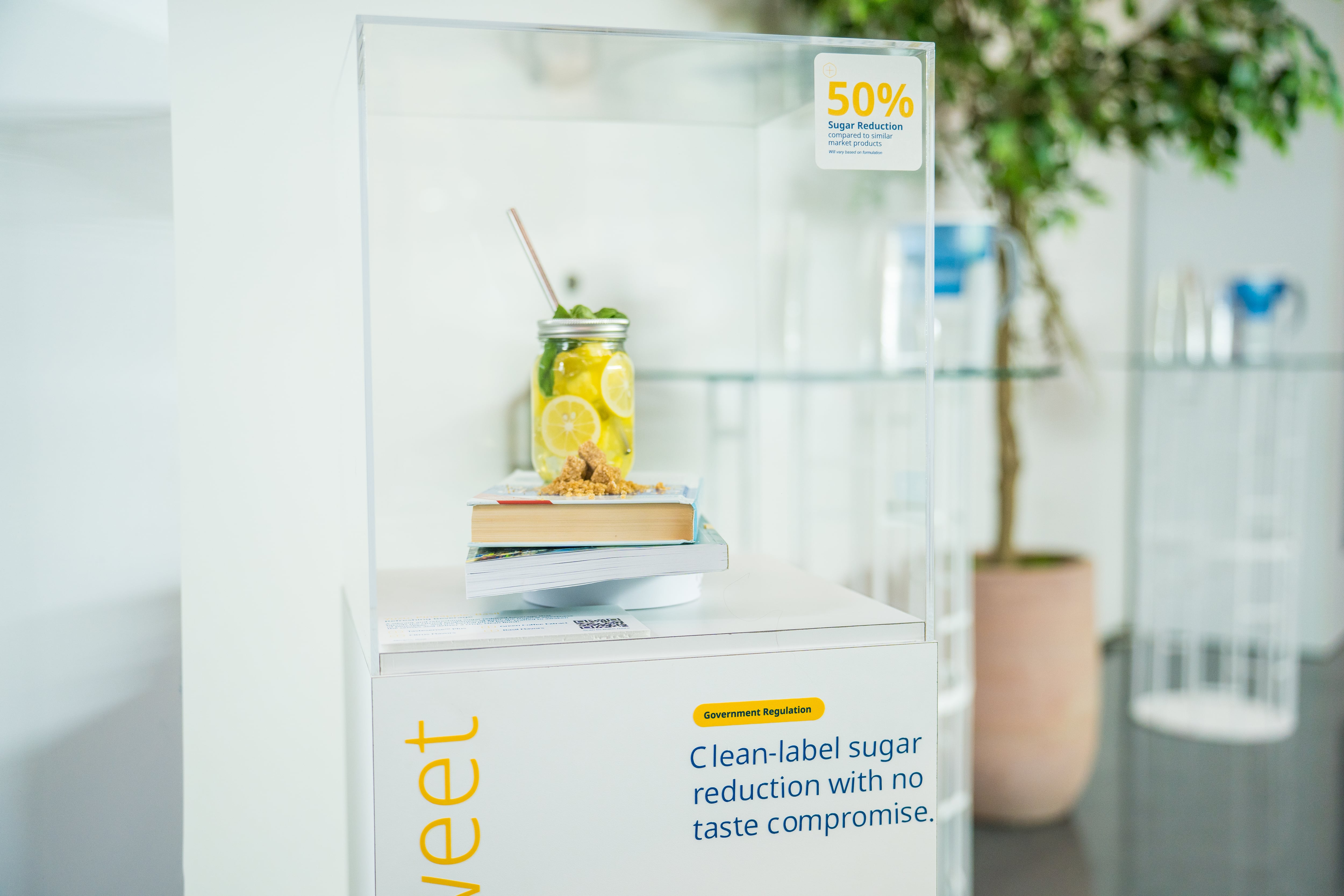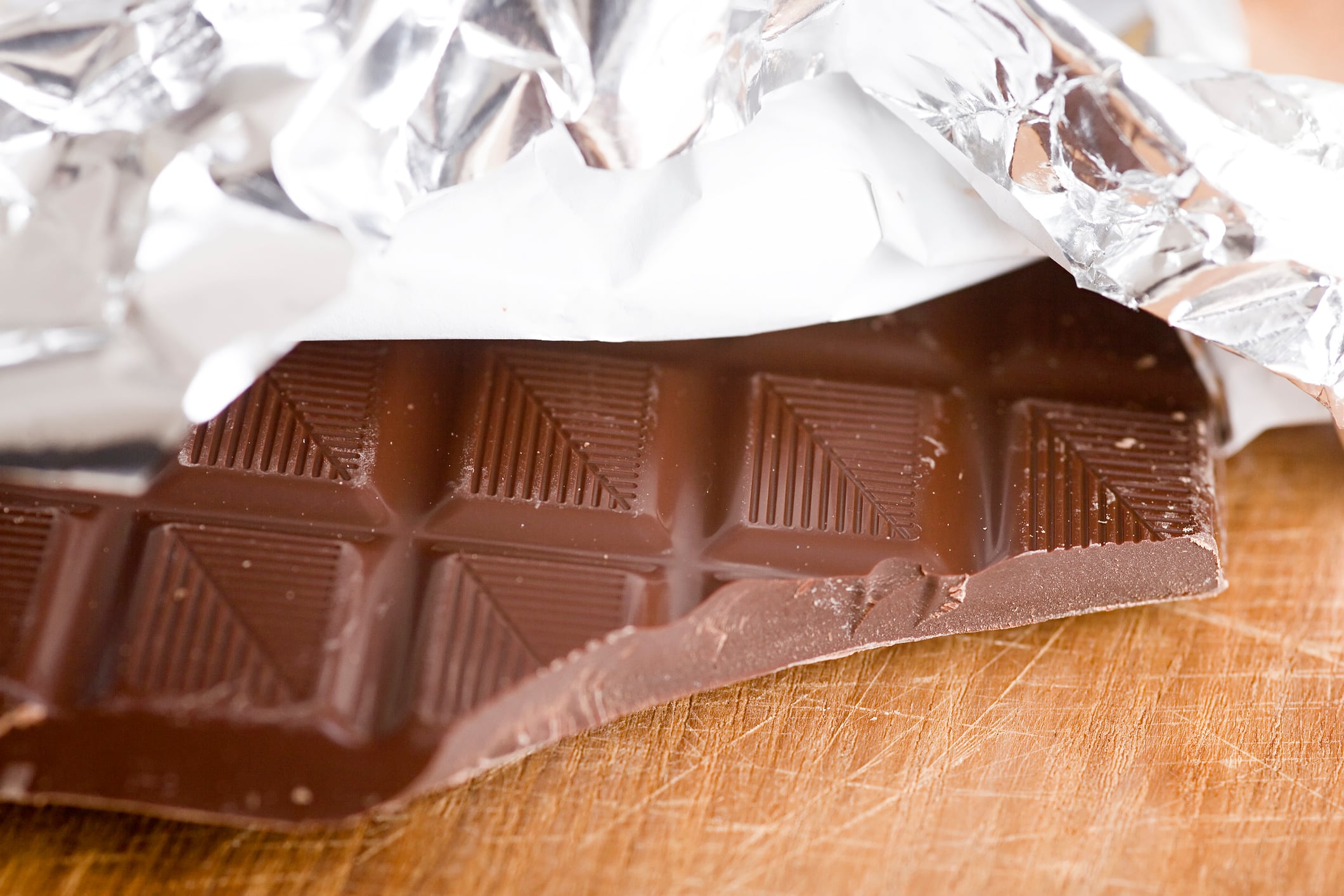Increasingly sophisticated sweetener systems from companies like Kerry Group and NotCo show sugar is no longer the standard for bulking, browning and moisture retention.
Despite being a natural ingredient, sugar’s role in food and beverage is stigmatized by consumers all the way to regulatory bodies as unhealthy and harmful for the environment.
Market volatility has pushed more companies to explore sugar alternatives – not only to reduce water usage but also to address Scope 2 (direct emissions from company operations) and Scope 3 emissions (indirect emissions across the value chain) – through innovative sweetener systems.
In terms of regulatory compliance, many countries require front-of-pack disclaimers on sugar content to ensure transparency for health-conscious consumers.
The evolution of sweetener systems today reflects a broader understanding of sugar’s role in applications beyond sweetness to include the full sensory experience, such as mouthfeel, texture and color. At the same time, these combinations must weigh consumer demand for affordable products, clean labels and sustainability without compromising taste.
What does sugar reduction do to formulations?
Reducing sugar is ubiquitous across categories and each application comes with its own set of challenges in the process, most notably a loss of sensory experiences like sweetness, mouthfeel and flavor balance, according to Guillaume Blancher, global portfolio director of Kerry Group’s Tastesense platform.
In baked goods, reducing sugar also cuts moisture retention, impacts crumb structure and leaves a dull color due to a lack of browning from the Maillard reaction, Blancher said.
For dairy, removing sugar significantly alters creaminess and viscosity, he noted.
In beverages, mouthfeel and viscosity are altered when sugar is reduced or removed often leading to a flatter flavor, he said.
Kerry’s Sweetness Optimization approach leverages natural ingredients to reduce sugar content
For sugar reduction across applications, Kerry’s Tastesense Sweetness Optimization combs its portfolio of “holistic solutions” for sensory, sustainability and cost considerations, Blancher explained.
“Sweetness Optimization solutions consist in a wide range of natural flavor solutions and optimal combinations of natural sweetener formulations specifically designed to optimize the total sweetness experience,” he said.
With Kerry’s Tastesense platform, using natural flavors alone can reduce sugar by up to 30%, while combining natural sweeteners with natural flavors can achieve up to 100% sugar reduction in certain applications, Blancher said.
With tools like Tastesense Sweet and Tastesense Masking, Kerry rebuilds “optimal sweet taste” through modulators and flavor masking to replicate the “rounded sweetness of sugar” and reduce off-notes from artificial sweeteners, like acesulfame K, and natural sweeteners, like stevia or monkfruit, Blancher explained.
Tastesense Advanced combines the capabilities of Tastesense Sweet, Mouthfeel and Masking with natural sweeteners to reduce sugar by more than 50% without impacting taste, according to Kerry.
“The greater the desired sugar reduction required, the greater the taste challenge,” Blancher said.
Through these tools, formulations are in line with sustainable nutrition goals “as the data shows that with every metric ton of sugar reduced, carbon footprint and water usage will decrease,” he added.
NotCo leverages its ‘library of ingredients and knowledge’ for sugar reduction solutions
Ingredient tech company NotCo taps its proprietary AI platform Giuseppe to optimize sweeteners, reduce sugar and cost and sustainability goals, explains Alisia Heath, NotCo’s VP of R&D.
Giuseppe’s flexibility enables its customers to identify suitable ingredients, from flavor modulators, sweet proteins and natural and upcycled ingredients (e.g. dates, carrots, sweet potatoes, apples and grapes), Heath said.
The AI platform can handle up to 15% sugar reduction without significant taste changes, but above 20-25% sweetness and other flavors may become noticeable, she added. However, with specific formulation techniques, NotCo is able to achieve 100% sugar reduction, according to the company.
What’s next in sugar reduction?
For Kerry, the company plans to invest in technologies like precision fermentation, natural enzymatic biotransformations and AI for its “next generation of natural sweet flavor modulators,” Blancher said.
Other companies like sweet protein-producer Oobli, continue discovering new sweet proteins, including its recently GRAS-recognized brazzein-54. To continue building out its portfolio. Oobli’s sweet proteins can be used individually, in combination with its other sweet proteins like monellin and brazzein-53, or other natural sweetener systems to help replicate sugar’s sensory attributes.




